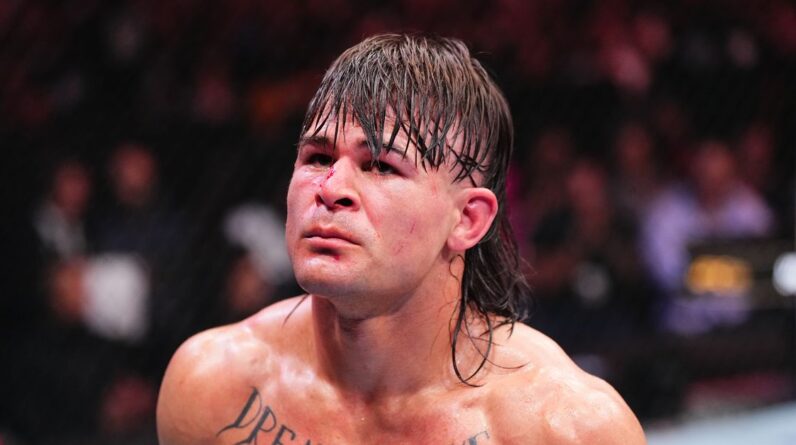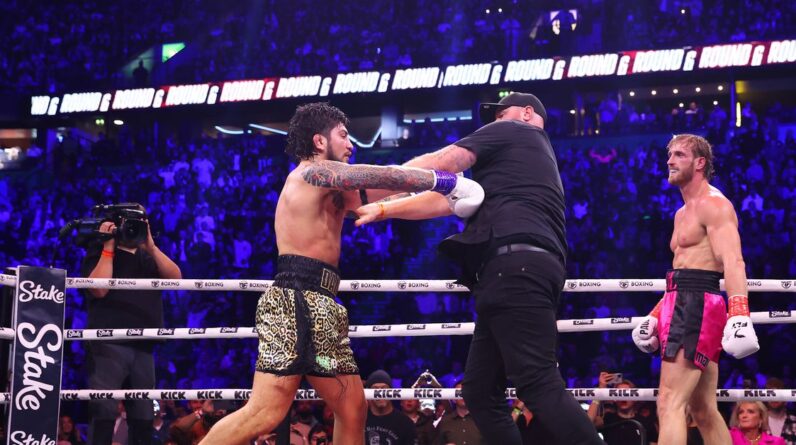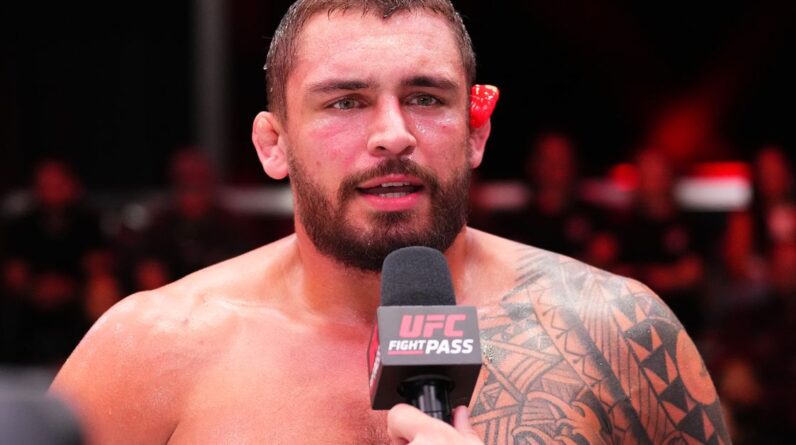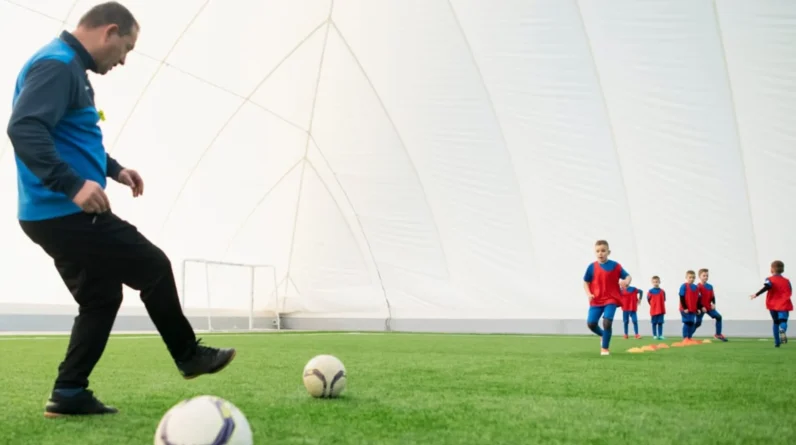The more things change, the more it stays the same.
That’s essentially the message that the UFC sent to fighters after releasing full details around the new revamped anti-doping program that launches on Dec. 31. The updated drug testing program kicks off the new year after the UFC cut ties with the United States Anti-Doping Agency in an ugly breakup.
While there are a few minor details that differentiate the new UFC anti-doping program from the old version, most of the major sticking points remain exactly the same as before.
Perhaps the biggest change for fighters will be the testing agents seeking them out to collect samples. Under the new program, the UFC employed Drug Free Sport International — the same agency that handles drug testing samples for the NFL and Major League Baseball — to collect samples from the 600-plus fighters on the roster.
According to the UFC, Drug Free Sport International employs over 5,000 collection personnel worldwide, which will help “with greater global coverage than it had under the prior program.” Athletes are subjected to random, unannounced testing “365 days a year, 24 hours a day, seven days a week.”
Once the samples are collected, Sports Medicine and Research Testing Laboratory (SMRTL) based in Utah will handle the testing. SMRTL is a World Anti-Doping Agency (WADA) accredited lab headed up by Dr. Daniel Eichner, a world renowned anti-doping scientist, who has also testified at past hearings involving fighters from the UFC — including a case involving reigning heavyweight champion Jon Jones after he dealt with a litany of issues following a past failed drug test.
If a sample tested by the SMRTL lab comes back positive, and a fighter faces potential punishment as a result, Combat Sports Anti-Doping (CSAD) — an entity funded by the UFC — will handle those sanctions. CSAD will be headed up by retired FBI agent George Piro, who previously came to fame as the lead agent responsible for interrogating Saddam Hussein before eventually leading the Miami field office for the FBI.
Piro, a noted Brazilian jiu-jitsu enthusiast who trains out of American Top Team in Florida, will handle all of the administration issues surrounding the new UFC anti-doping program. The UFC claims that Piro and the CSAD will have final say regarding the anti-doping program “where no results management or sanctioning decisions will be made by UFC.”
As far as the rules for the program, nothing much changed with the new policy including rules surrounding fighters joining the UFC roster or athletes coming out of retirement, which requires six months of testing before being allowed to compete again. That rule took center stage in the breakup between the UFC and USADA after former two-division champion Conor McGregor dropped out of the anti-doping program while recovering from a broken leg suffered in his last outing in 2021.
McGregor eventually re-entered the UFC’s anti-doping program, but USADA claimed the relationship became “untenable” due to statements made that questioned “USADA’s principled stance” that he needed to undergo six months of testing before fighting again. The UFC fired back in emphatic fashion stating that McGregor never blinked at doing the required six months of testing and a split with USADA was already in the works long before that situation came to a head.
Soon after, the UFC announced details about the new anti-doping program that launches in 2024.
As part of the new program, the UFC also confirmed that the banned substance list available for fighters will still be much the same under the guidance of WADA. The only differences will be the examples listed below, which details a few substances and the levels found in a drug test that won’t automatically result in punishment being handed down.
These changes “allow the program to differentiate between intentional use cases of prohibited substances and cases stemming from unintentional exposure to low level contaminants.” The substances and the testing levels allowed are listed below:
• Clomiphene/clomifene: 0.10 ng/mL2
• Dehydrochloromethyltestosterone (DHCMT) long-term metabolite (M3): 0.10 ng/mL
• Selective Androgen Receptor Modulators (SARMs): 0.10 ng/mL3
• GW-1516 (GW-501516): 0.10 ng/mL4
• Epitrenbolone (Trenbolone metabolite): 0.20 ng/mL
There are a few other differences regarding SARMs/GW-1516, higenamine, intravenous (IV) infusions/injections and substances of abuse but again nothing different from the previous version of the anti-doping program. The full list of banned substances and the rules surrounding testing can be found here.
Under the UFC anti-doping program, any fighter testing positive — at or below the limits set — for the substances listed will be flagged as an atypical finding but won’t immediately result in sanctions. Ultimately, CSAD will still handle the atypical findings as well as tracking testing history for fighters in the UFC.
The UFC will also launch a new whereabouts platform, which fighters are required to keep updated, so testing agents can find them to collect samples. UFC promised the new system is much more “user friendly” than the previous version handled by USADA.
“UFC’s goal for the Anti-Doping Policy is to be the best, most effective, and most progressive anti-doping program in all of professional sports,” UFC chief business officer Hunter Campbell said in a press release. “UFC is proud of the advancements we have made with our anti-doping program over the past eight years, and we will continue to maintain an independently administered drug-testing program that ensures all UFC athletes are competing under fair and equal circumstances.
“With this new iteration of the program, UFC has once again raised the bar for health and safety in combat sports.”






